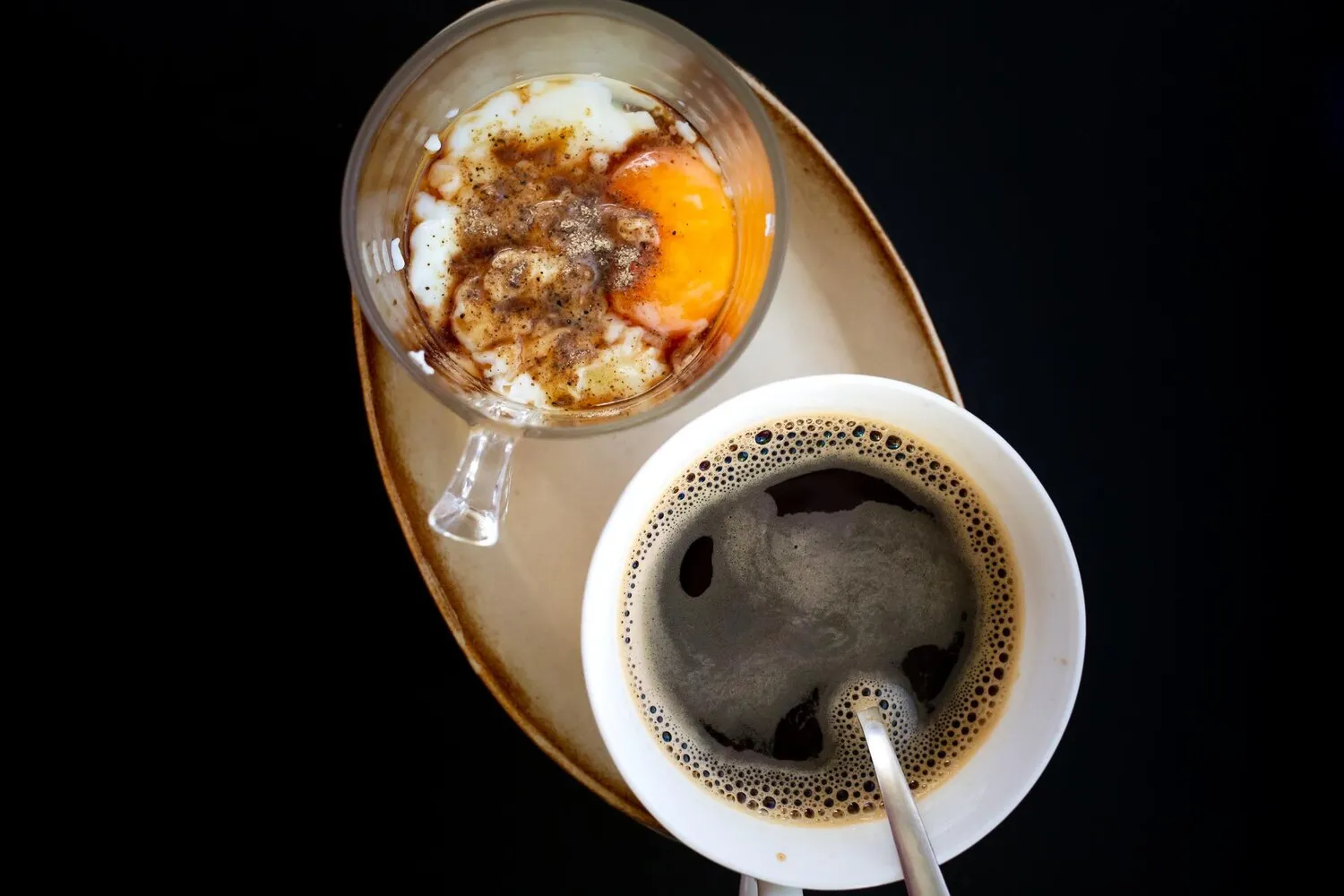
Coffee (Various Brews)
Matchstick is known for its meticulously sourced and roasted coffee beans. They offer a variety of brewing methods including espresso, pour-over, and batch brew, featuring different single-origin coffees and blends.
Nutrition Facts
* The % Daily Value (DV) tells you how much a nutrient in a serving of food contributes to a daily diet. 2,000 calories a day is used for general nutrition advice.
Matchstick Coffee Roasters
Coffee's journey began in Ethiopia, with cultivation spreading to Yemen and then globally through trade and colonization. Brewing methods evolved over centuries, from traditional practices to modern espresso machines and pour-over techniques.
Coffee has become deeply embedded in cultures worldwide, serving as a social lubricant, a morning ritual, and a symbol of hospitality.
Social Gathering
Coffee houses and cafes serve as central meeting points for social interaction and community building, fostering conversations and collaborations.
Morning Ritual
For many, coffee is an integral part of the morning routine, providing a boost of energy and setting the tone for the day.
Hospitality
Offering coffee to guests is a common gesture of hospitality in many cultures, demonstrating warmth and welcome.
Coffee offers a wide spectrum of flavors, determined by bean origin, roasting level, and brewing method.
Single-origin coffees from Ethiopia can exhibit bright acidity and floral notes, while Sumatran beans might display earthy and chocolatey characteristics. Roasting level influences the intensity and complexity of flavors, with lighter roasts preserving acidity and darker roasts developing bolder, smoky notes. Brewing methods also impact flavor; espresso concentrates flavors, pour-over highlights nuances, and batch brew offers consistency.
Water Temperature
Using the correct water temperature (around 200°F or 93°C) is crucial for optimal extraction and flavor.
Grind Size
Adjusting the grind size according to the brewing method ensures proper extraction. Finer grinds are suitable for espresso, while coarser grinds work well for pour-over.
Coffee to Water Ratio
Maintaining a consistent coffee-to-water ratio is essential for achieving a balanced and flavorful brew. A general guideline is 1:15 for pour-over.
Explore additional Coffee dishes and restaurants
Explore CoffeeDiscover top dining spots and culinary experiences in Vancouver.
Explore VancouverLearn more about the food culture, restaurant scene, and culinary heritage of Canada.
Explore Canada